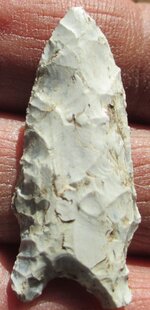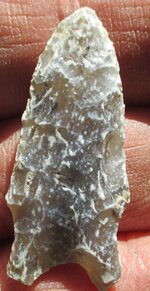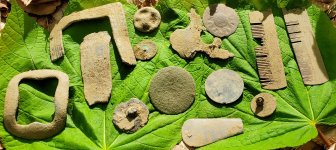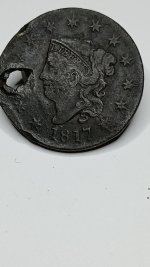GatorBoy
Gold Member
- May 28, 2012
- 14,716
- 6,149
- Primary Interest:
- All Treasure Hunting
It was brought to my attention earlier today that my understanding of how this type flint acquires patina overtime may not be correct.
Someone with what I believed to be a lot of experience with this material actually explained it exactly opposite from what I... up to this point believe.
I have several pieces here as examples as to why I believe the first layer of patina to show up is white followed by a blue hue as it thickens.
The piece I have here with the heaviest amount of patina is the only one that has started to show any blue color.
I was hoping maybe some more examples could be shown.
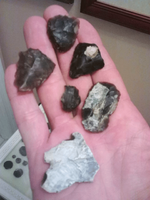
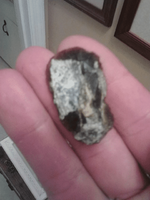
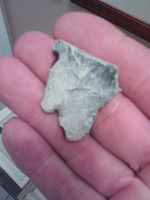
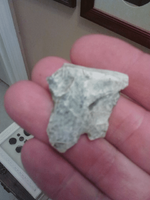
Judging by these examples it looks like white comes first to me.
Are these not good representatives?
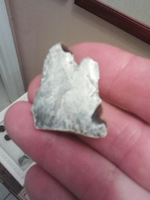
Someone with what I believed to be a lot of experience with this material actually explained it exactly opposite from what I... up to this point believe.
I have several pieces here as examples as to why I believe the first layer of patina to show up is white followed by a blue hue as it thickens.
The piece I have here with the heaviest amount of patina is the only one that has started to show any blue color.
I was hoping maybe some more examples could be shown.




Judging by these examples it looks like white comes first to me.
Are these not good representatives?

Amazon Forum Fav 👍
Upvote
0


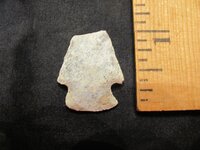
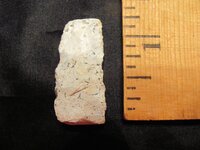
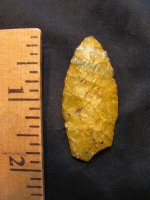
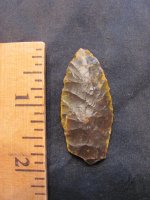
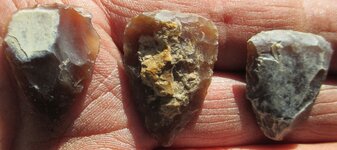
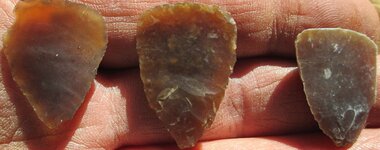
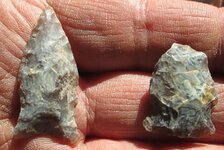
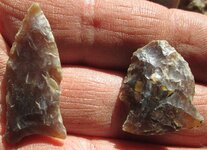
 ?
?